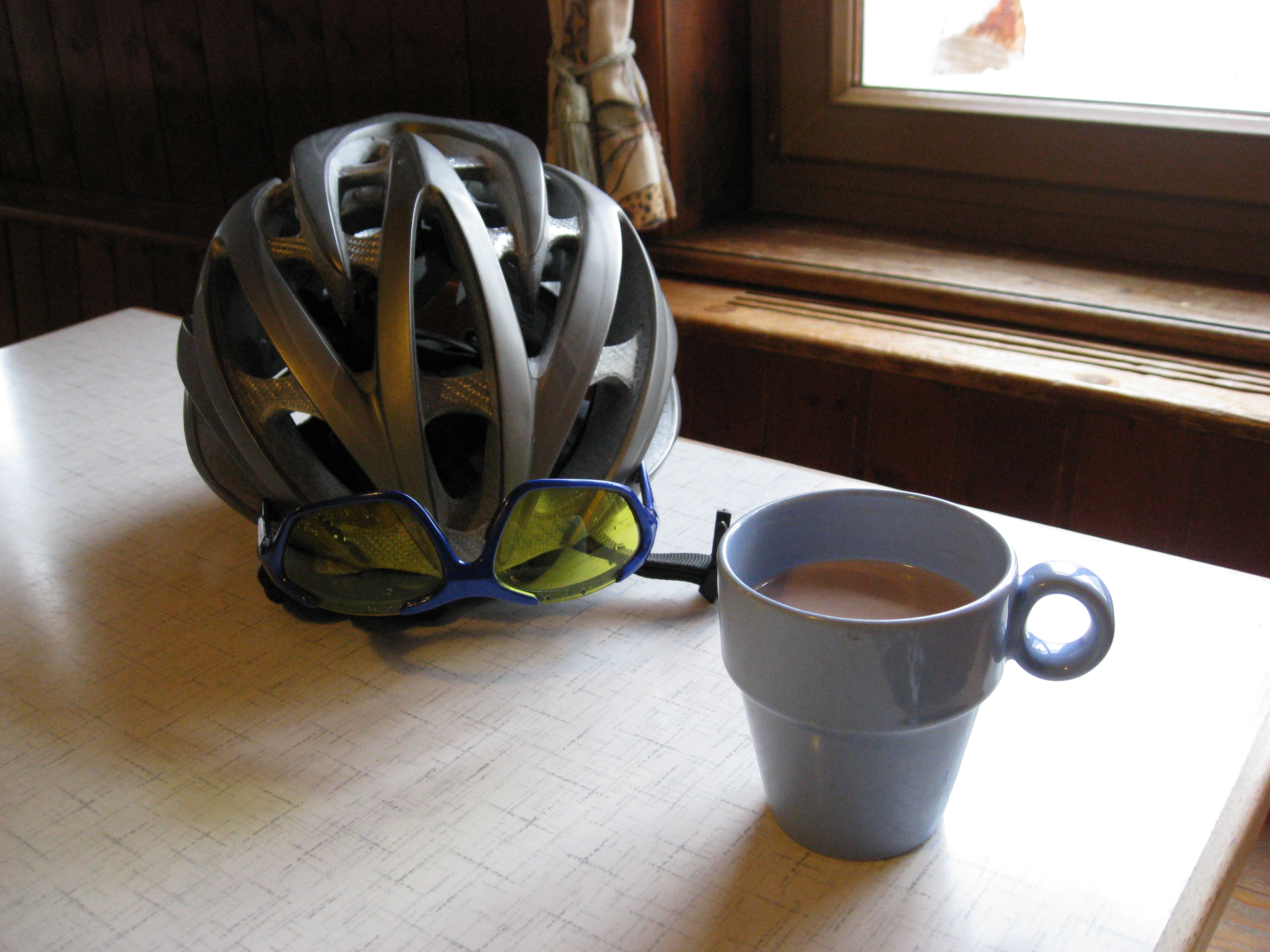
A New Mountain Bike Helmet
Back in the early days of mountain biking, bike helmets used to be bike helmets. Road cyclists were only just starting to put lids on and there were basically no sport-specific helmets. An XC mountain biker wore the same helmet as a road cyclist. Things have changed a lot in that regard. Mountain bikers today have a huge plethora of helmets to choose from; from lightweight XC helmets to full-face downhill helmets. For the three and a half decades I have been riding, I have primarily owned visorless road cycling helmets except for two Giro Exodus helmets, which were popular mountain bike helmets in early 2000. After those, I owned two Giro Atmos, three Aeon, and one Giro Synthe helmet. All of those are lightweight, well-vented lids you mostly see on the head of roadies.
My MTB helmet choices only started to shift with fat-biking. In the winter I no longer wanted something that lets a lot of air through. A warmer helmet that covers the head more protects one’s head better from wind and snow. My first fat-bike helmet was a Bern Brentwood, which I had bought years earlier as a helmet for my daily bike commute. It has served me well and is still being used on many of my fat-bike rides. For very cold or snowy days, I bought a Smith Vantage, a goggle-friendly ski helmet with ear pads and adjustable vents. So, when I'm out during a heavy snowstorm, I can completely close the front and back vents separately. On super cold days, it’s been amazing to head out with the Vantage on my head and a matching pair of Smith Optics goggles covering my eyes.
The Giro Aeon helmet I have been wearing for mountain biking has seen many years of use and abuse. It was time to replace it. This time, I’ve opted for a mountain-bike-specific helmet and picked a Smith Forefront 2. It falls into the most popular type of mountain bike helmets; open-face or half-shell helmets that sit a bit deeper on one's head, extending down the nape of the neck, with extra coverage around the temples. The Forefront 2 was released in 2018, so it's not a brand-new model. One of the big selling points for me are the channels on the front and rear of the helmet for eyewear storage. When I climb up a mountain, I usually take off my glasses and push them into the vents of my helmet. That works well on the front of the Giro Aeon as well as the Synthe, although the Synthe wears off the rubber padding of the earpieces over the years. The Koroyd construction of the Forefront 2 is said to reduce airflow, so ventilation isn’t as good as it could be. That Koroyd technology on the other hand has one benefit, bugs don’t end up crawling through one’s hair when they get trapped in a vent during a fast-speed descent through the forest. With my generally short hair, it may also better protect my head from the sun. It remains to be seen if the Forefront 2 will be too warm of a lid for summer rides. If there's one thing about summer, it's feeling hot. If so, there’s still an Aeon and a Synthe I can use. It may also turn out that the Forefront 2 will be my helmet of choice for warmer winter days.
| Helmet | Color | Year purchased |
|---|---|---|
| Bern Brentwood | black/gray/green | 2012 |
| Giro Aeon | black/red/white | 2014 |
| Giro Aeon | blue | 2016 |
| Giro Synthe | black/orange | 2016 |
| Smith Vantage | matte charcoal | 2018 |
| Smith Forefront 2 | matte gravy | 2021 |

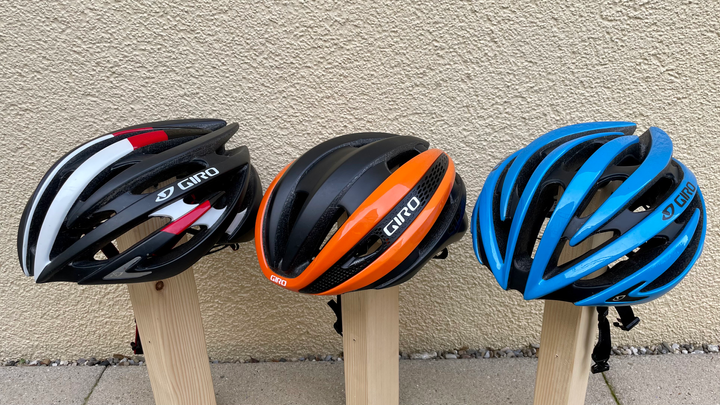
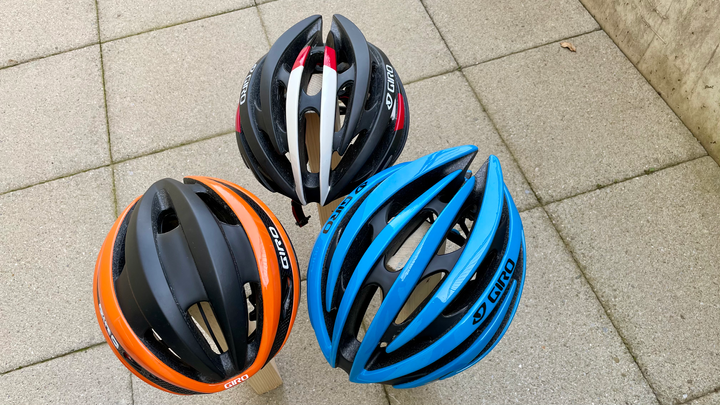
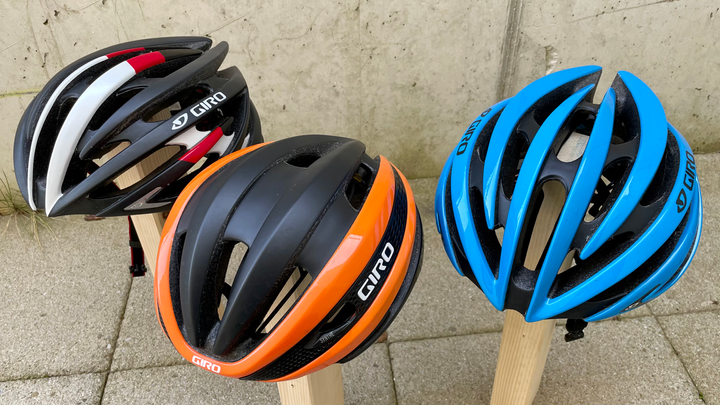
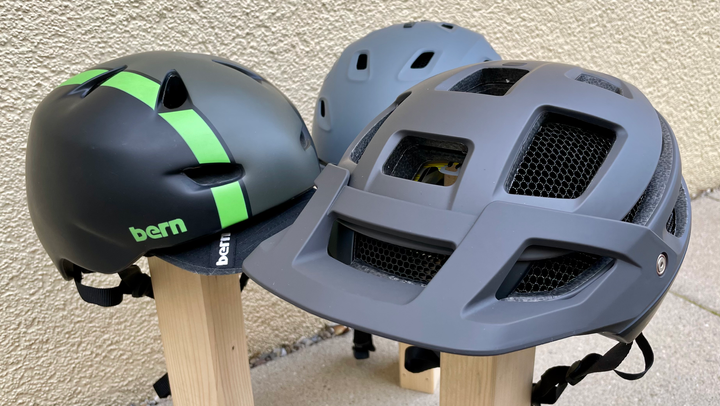
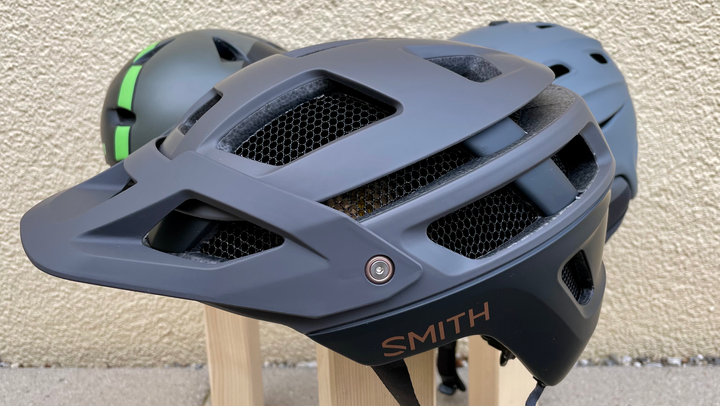
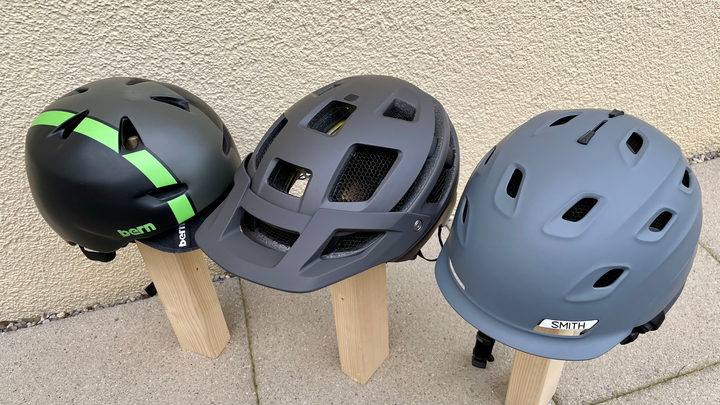
Comments